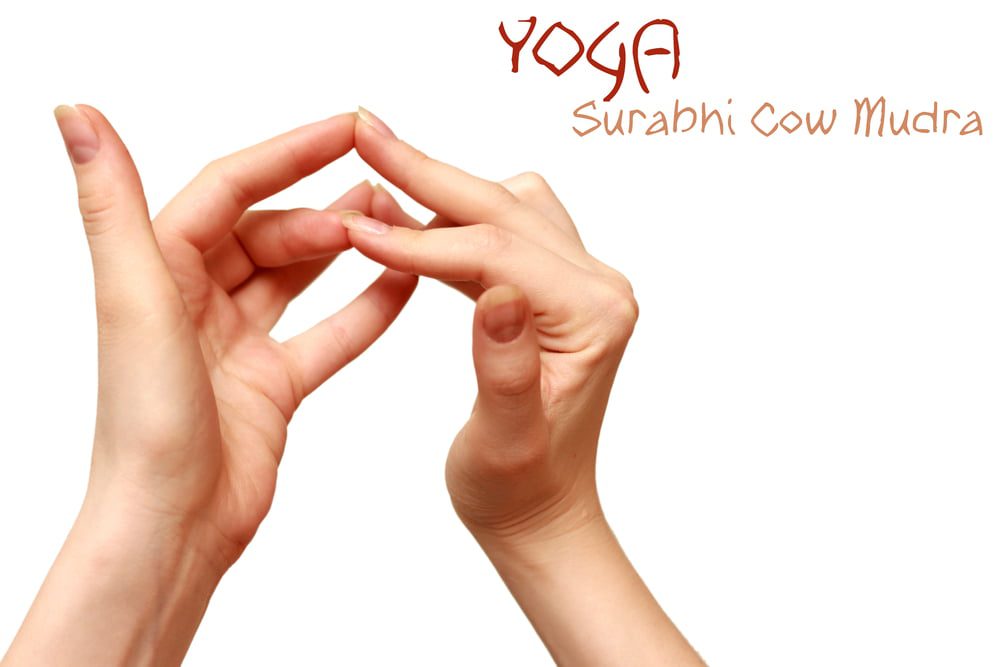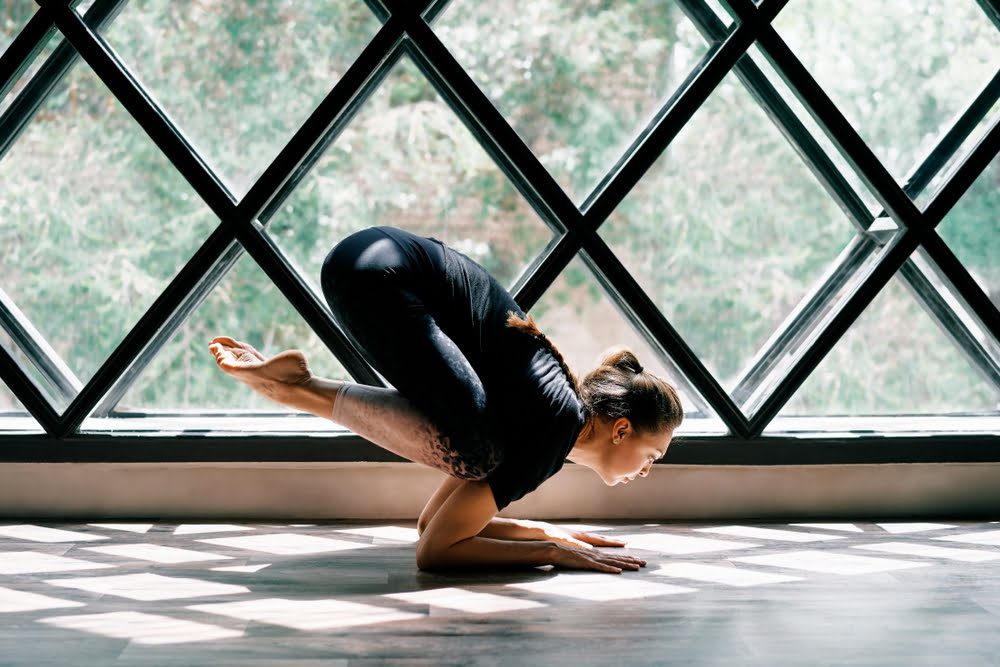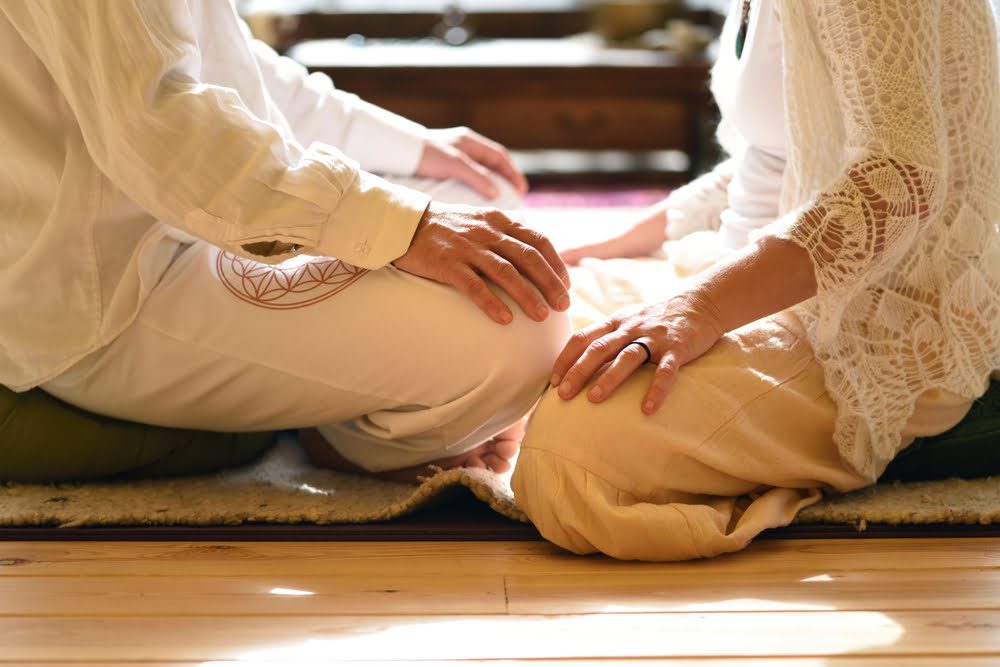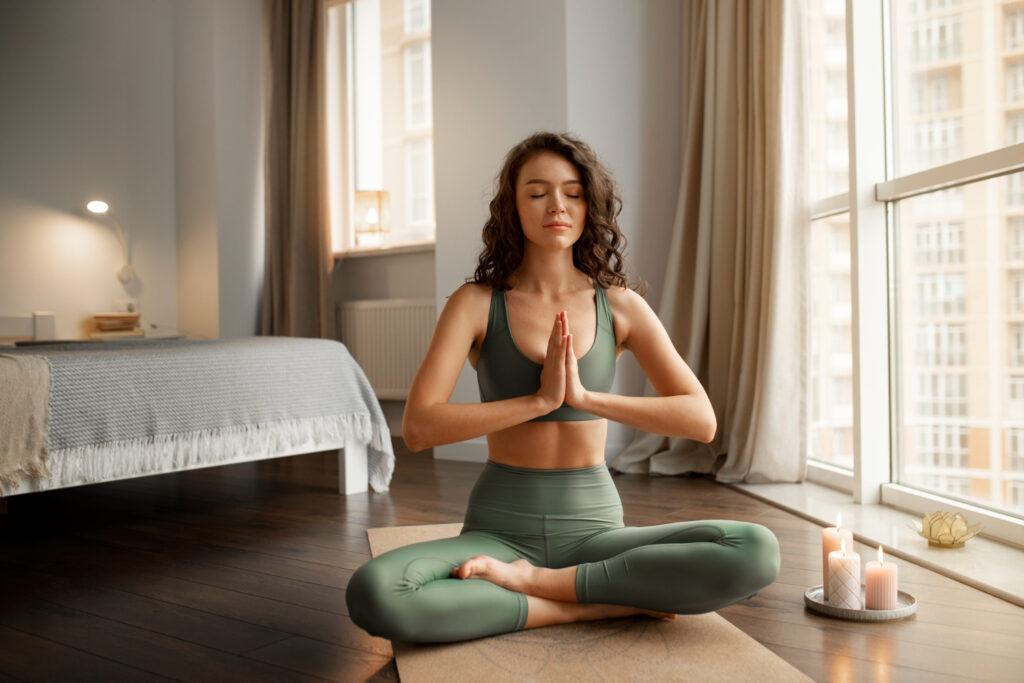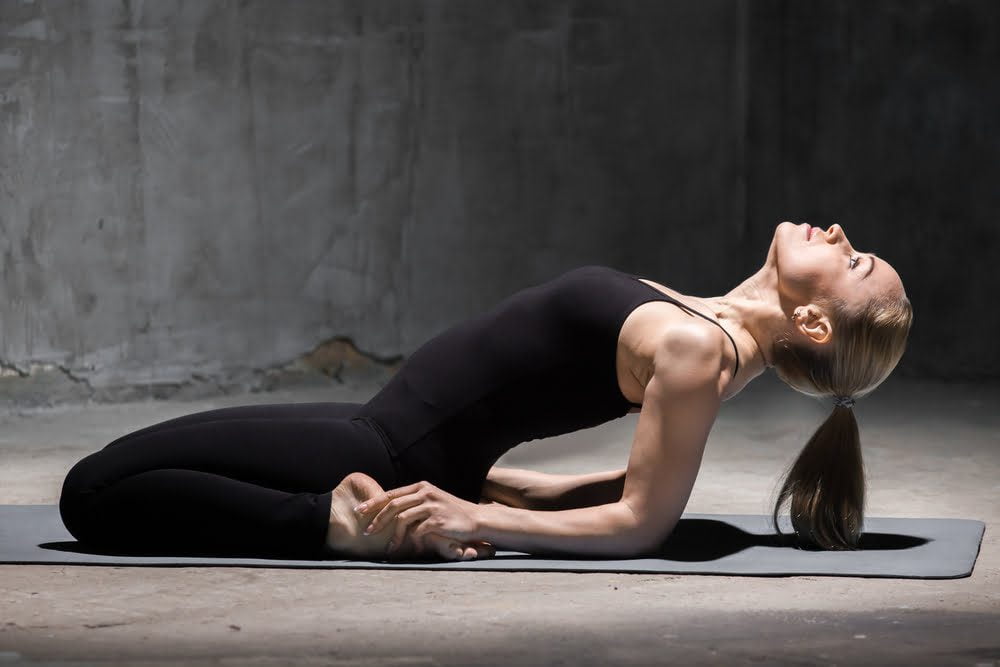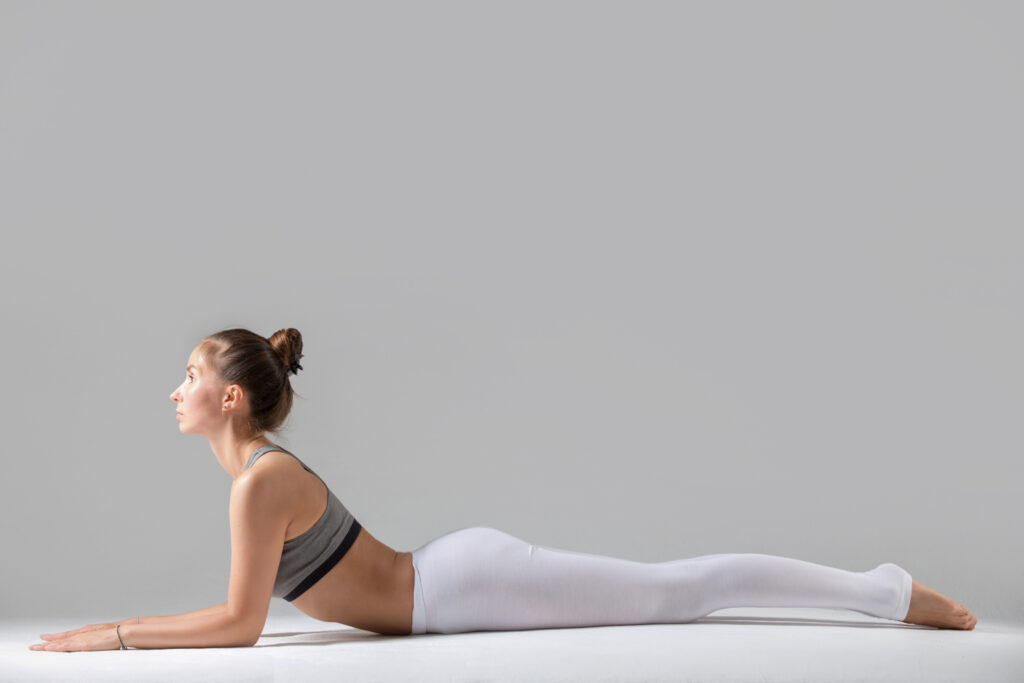Hey there! So, you’re curious about which type of yoga is the most healing, huh? Well, let’s dive into it together and explore the different styles that can help you feel your best.
Understanding Healing in Yoga.
First off, what do we mean by “healing” in the context of yoga? It’s not just about fixing a sore back or calming your mind. Healing through yoga is about bringing balance to your body and mind, helping you feel whole and connected. It’s like giving yourself a big, warm hug from the inside out.
Different Yoga Styles and Their Healing Benefits.
There are so many types of yoga out there, and each offers its own unique benefits. Let’s take a look at some of the most popular styles and see how they can contribute to your healing journey.
1. Hatha Yoga.
Hatha yoga is like the foundation of all yoga styles. It’s gentle and focuses on basic postures and breathing techniques. If you’re new to yoga or looking for a way to relax and de-stress, Hatha might be your go-to. Plus, it’s great for improving flexibility and balance.
2. Vinyasa Yoga.
Vinyasa is all about flowing from one pose to another, syncing your movements with your breath. It’s more dynamic than Hatha and can give you a good workout. This style helps in building strength and endurance while also calming the mind. Think of it as a moving meditation.
3. Yin Yoga.
If you’re looking to stretch deep and really relax, Yin yoga is the way to go. Poses are held for several minutes, targeting the connective tissues and promoting flexibility. It’s super soothing and can help release tension you didn’t even know you had.
4. Restorative Yoga.
Restorative yoga is like a spa day for your body and mind. It uses props to support your body in gentle poses, allowing you to completely relax and rejuvenate. This style is excellent for stress relief and healing from physical or emotional trauma.
5. Ashtanga Yoga.
Ashtanga is a more rigorous style, following a specific sequence of poses. It’s physically demanding but can be incredibly rewarding. This practice builds strength, flexibility, and stamina. If you enjoy a challenge and a structured routine, Ashtanga might be for you.
6. Kundalini Yoga.
Kundalini focuses on awakening the energy at the base of your spine and drawing it upward through the chakras. It combines postures, breathing exercises, and chanting. This practice can be spiritually uplifting and help in releasing emotional blocks.
Scientific Evidence Supporting Yoga’s Healing Benefits.
You might be wondering, “Does yoga really help with healing?” Well, science says yes!
- Stress Reduction: According to the National Institutes of Health, scientific evidence shows that yoga supports stress management, mental health, mindfulness, healthy eating, weight loss, and quality sleep.
- Improved Mental Health: A number of small studies have found that yoga can help with post-traumatic stress disorder (PTSD). It is not used by itself but as an add-on treatment to help reduce intrusive memories and emotional arousal and to produce calmer, steadier breathing.(1)
- Enhanced Physical Health: Yoga has been shown to improve flexibility, strength, and balance. It can also help with pain management and improve cardiovascular health.
Personal Stories of Healing Through Yoga.
Let me share a story about my friend, Sarah. She went through a tough time after a car accident, dealing with chronic pain and anxiety. She started practicing Restorative yoga, and over time, she noticed significant improvements in her pain levels and mental well-being. It wasn’t an overnight miracle, but with consistent practice, yoga became a key part of her healing journey.
Choosing the Right Yoga for Your Healing.
So, which yoga style is the most healing? Well, it depends on what you’re looking for. If you need to relax and de-stress, Yin or Restorative yoga might be perfect. If you’re seeking physical strength and stamina, Ashtanga or Vinyasa could be the way to go. It’s all about listening to your body and finding what feels right for you.
Remember, it’s always a good idea to consult with a healthcare professional before starting any new exercise regimen, especially if you have existing health conditions.
Frequently Asked Questions.
Yes, yoga has been shown to help manage chronic pain by improving flexibility and reducing stress, which can contribute to pain relief.
Absolutely. Yoga supports stress management, mental health, mindfulness, healthy eating, weight loss, and quality sleep.
Consistency is key. Even practicing a few times a week can lead to noticeable benefits. Listen to your body and find a routine that works for you.
Not at all! Yoga is for everyone, regardless of flexibility. With regular practice, you’ll likely find your flexibility improving over time.
Yes, studies have found that yoga can help reduce symptoms of anxiety and depression.
Final Thoughts.
Embarking on a yoga journey can be a transformative experience. It’s not just about the physical postures but also about connecting with yourself on a deeper level. Whether you’re seeking physical healing, mental clarity, or emotional balance, there’s a yoga style out there for you. So, roll out your mat, take a deep breath, and give it a try. Your healing journey awaits.
+1 Source
FitMeMore has strict sourcing guidelines and relies on peer-reviewed studies, educational research institutes, and medical organizations. We avoid using tertiary references. You can learn more about how we ensure our content is accurate and up-to-date by reading our editorial policy.
- Yoga for better mental health; https://www.health.harvard.edu/staying-healthy/yoga-for-better-mental-health
How we reviewed this article:
Our team of experts is always monitoring the health and wellness field, ensuring that our articles are updated promptly as new information emerges. See Our Editorial Process
May 13, 2025
Written By: Sharon LeBow
Reviewed By: Hannah Gough
Written By: Sharon LeBow
Reviewed By: Hannah Gough

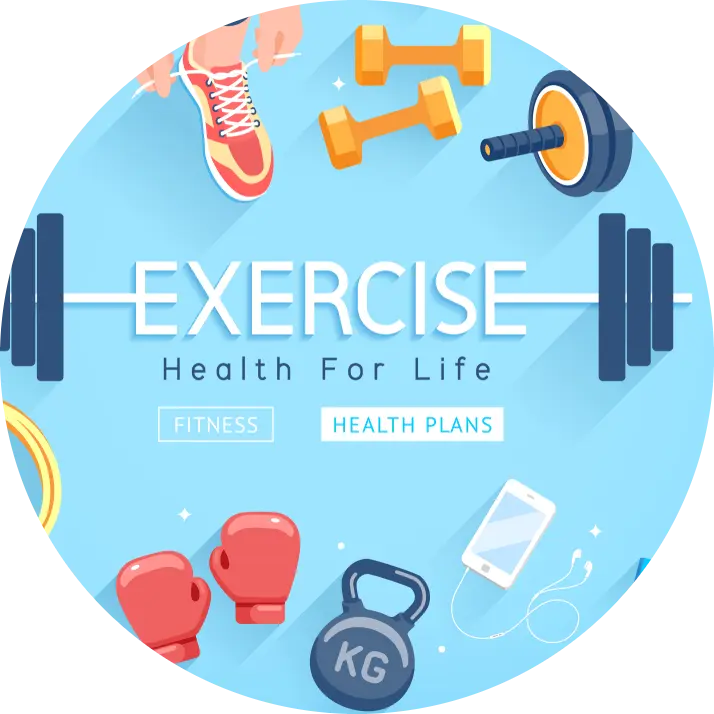 Workout
Workout
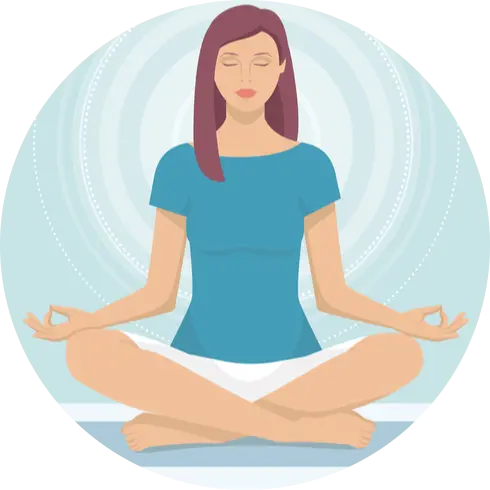 Meditation
Meditation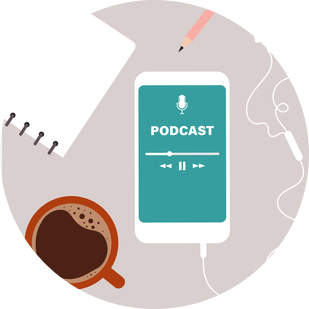





 Contact Us
Contact Us



